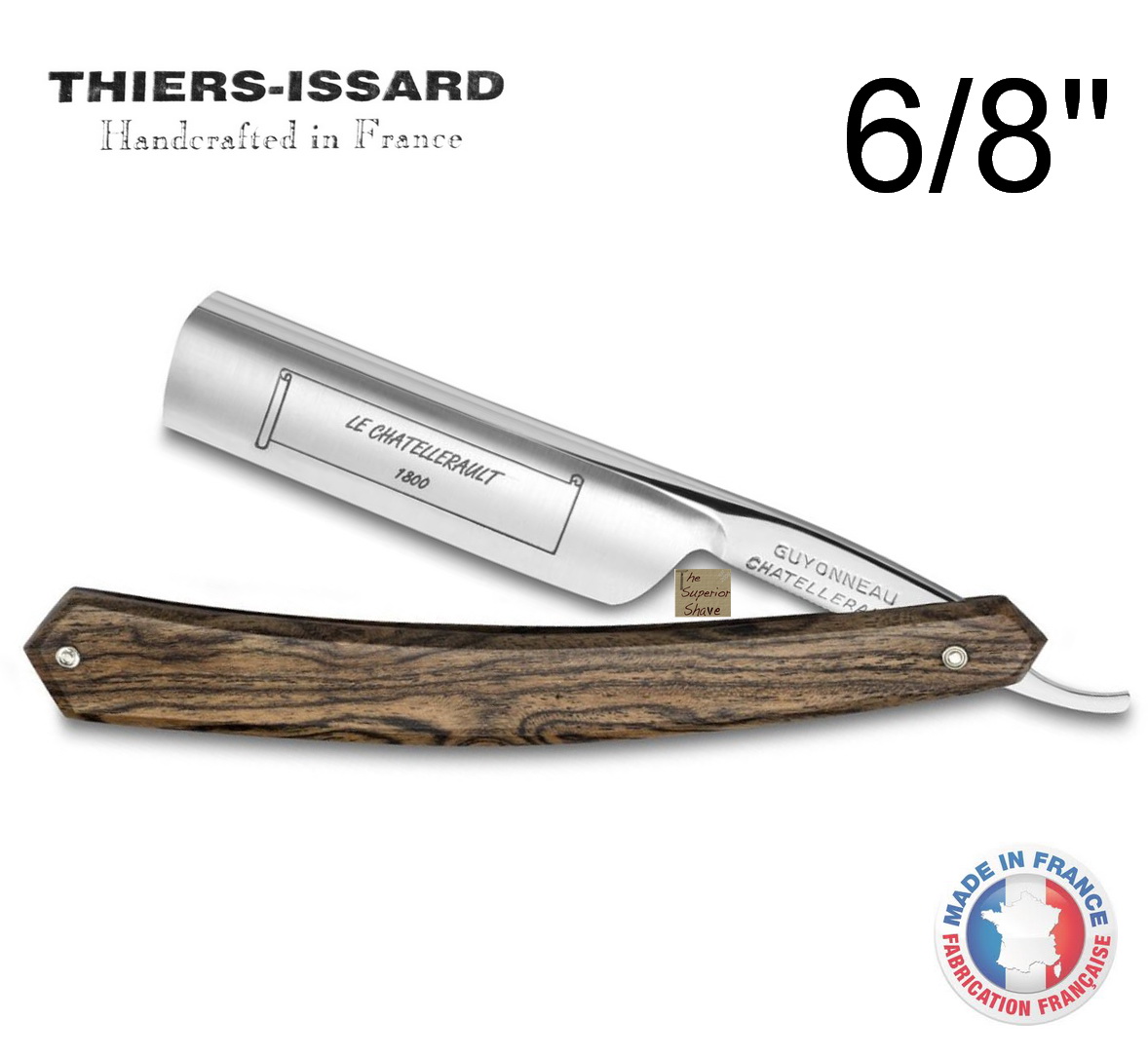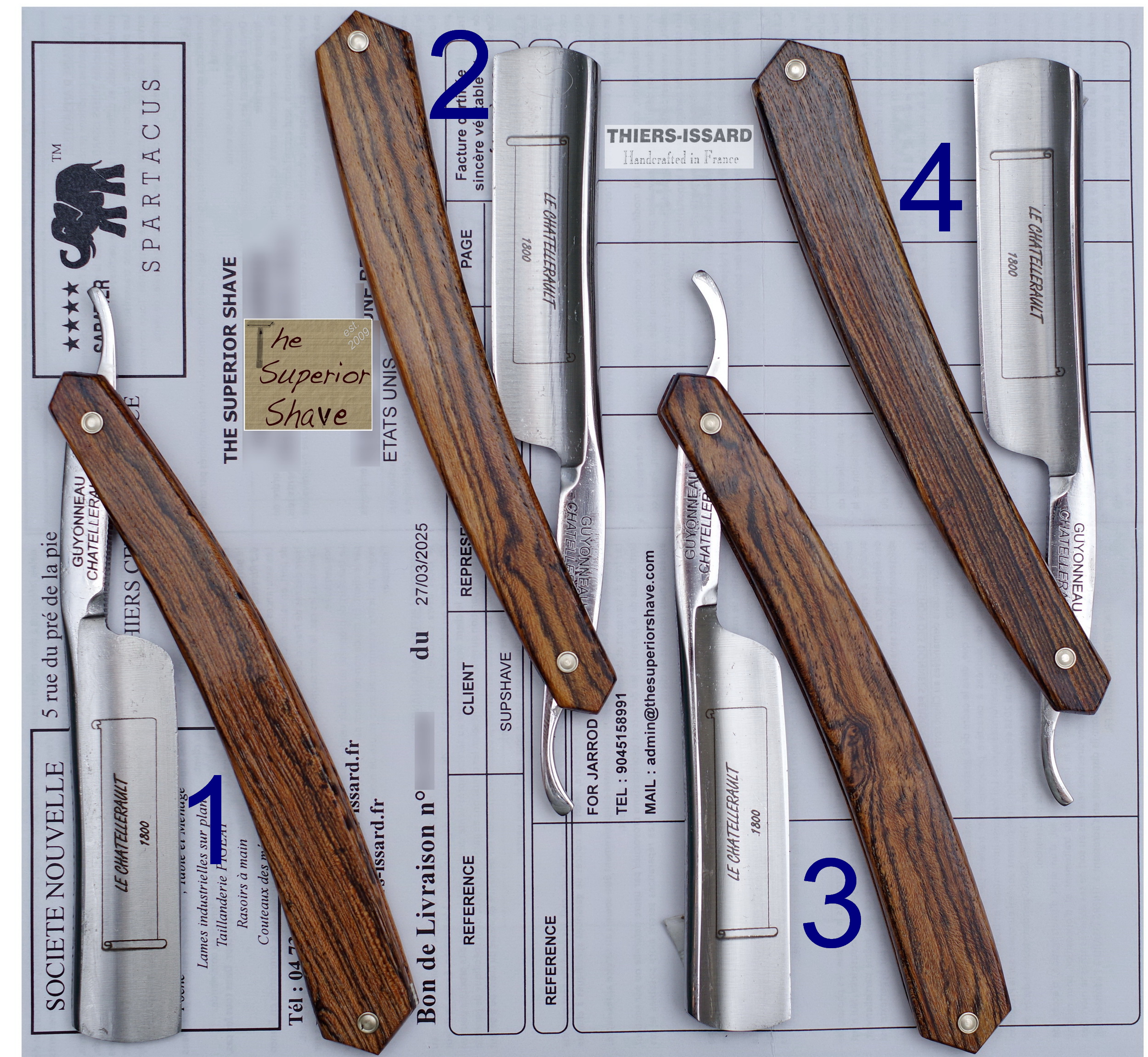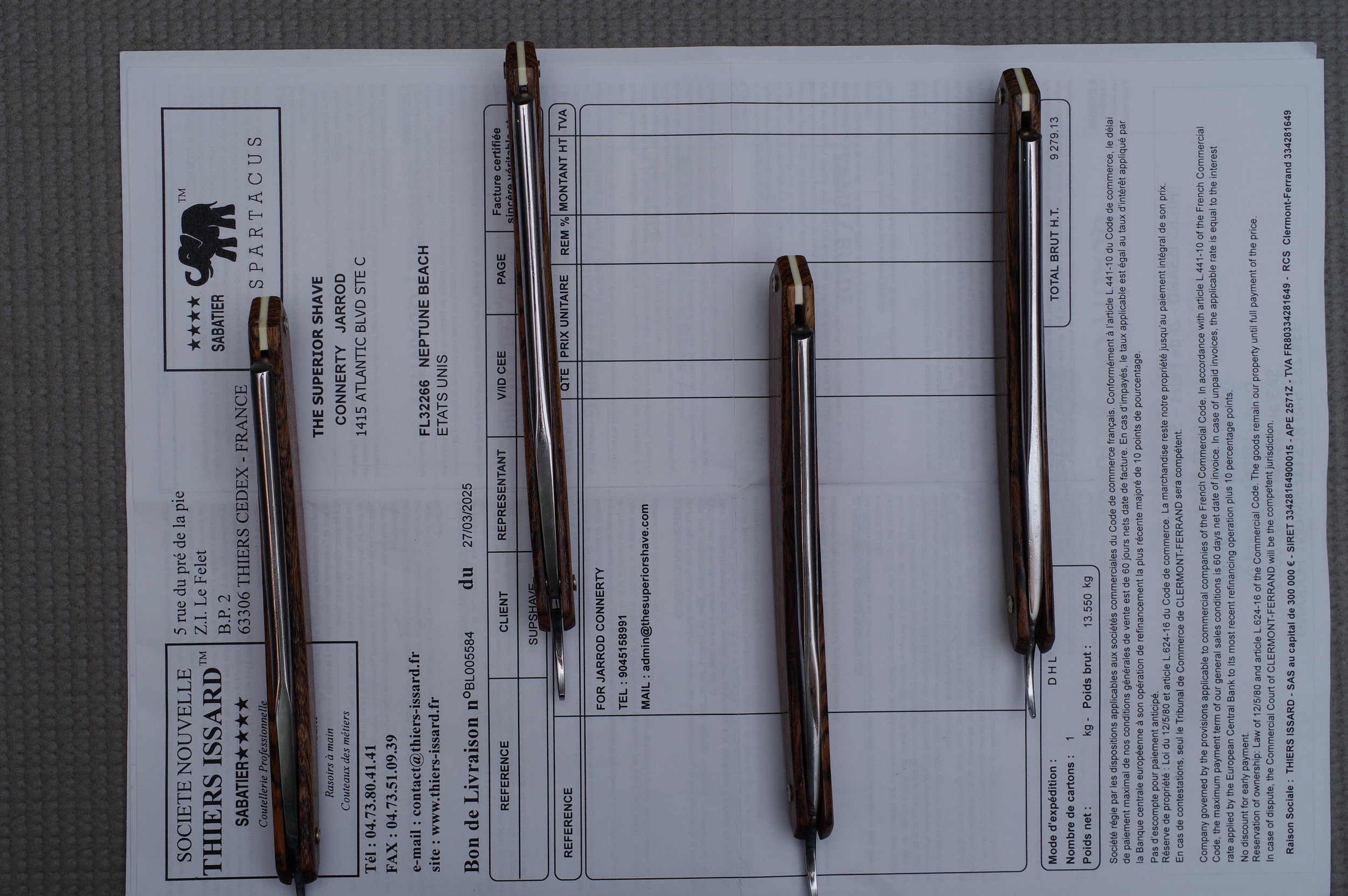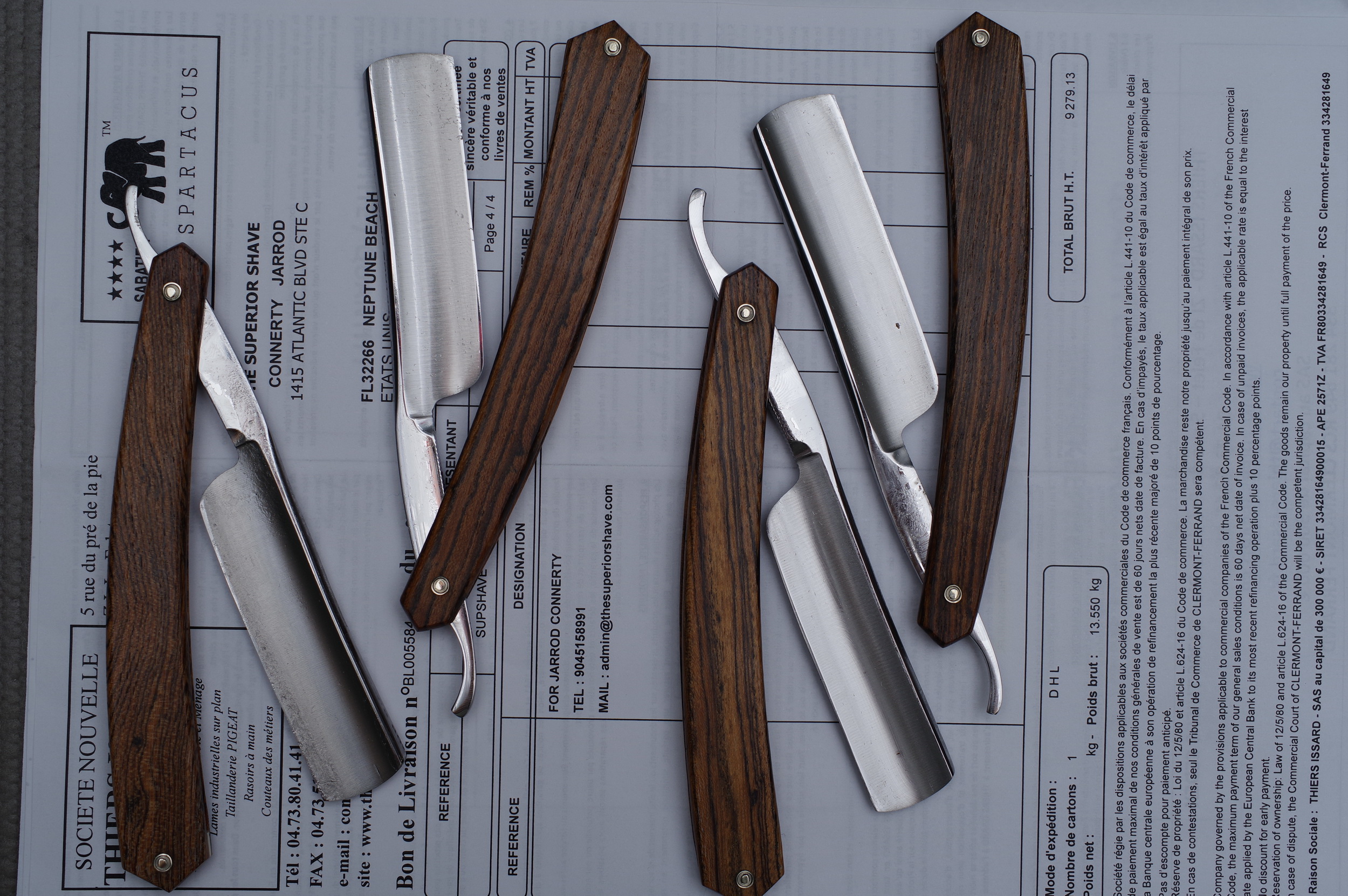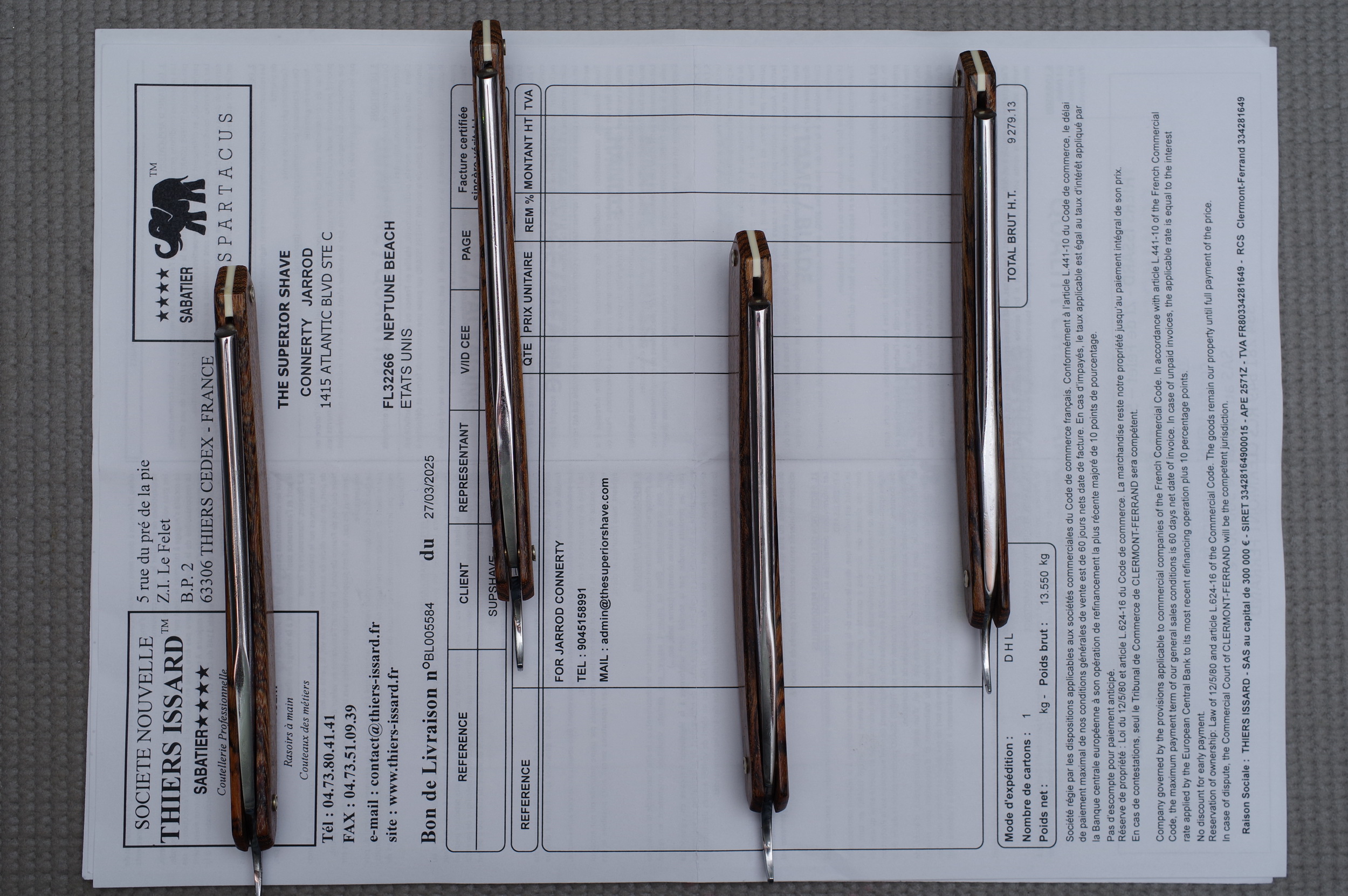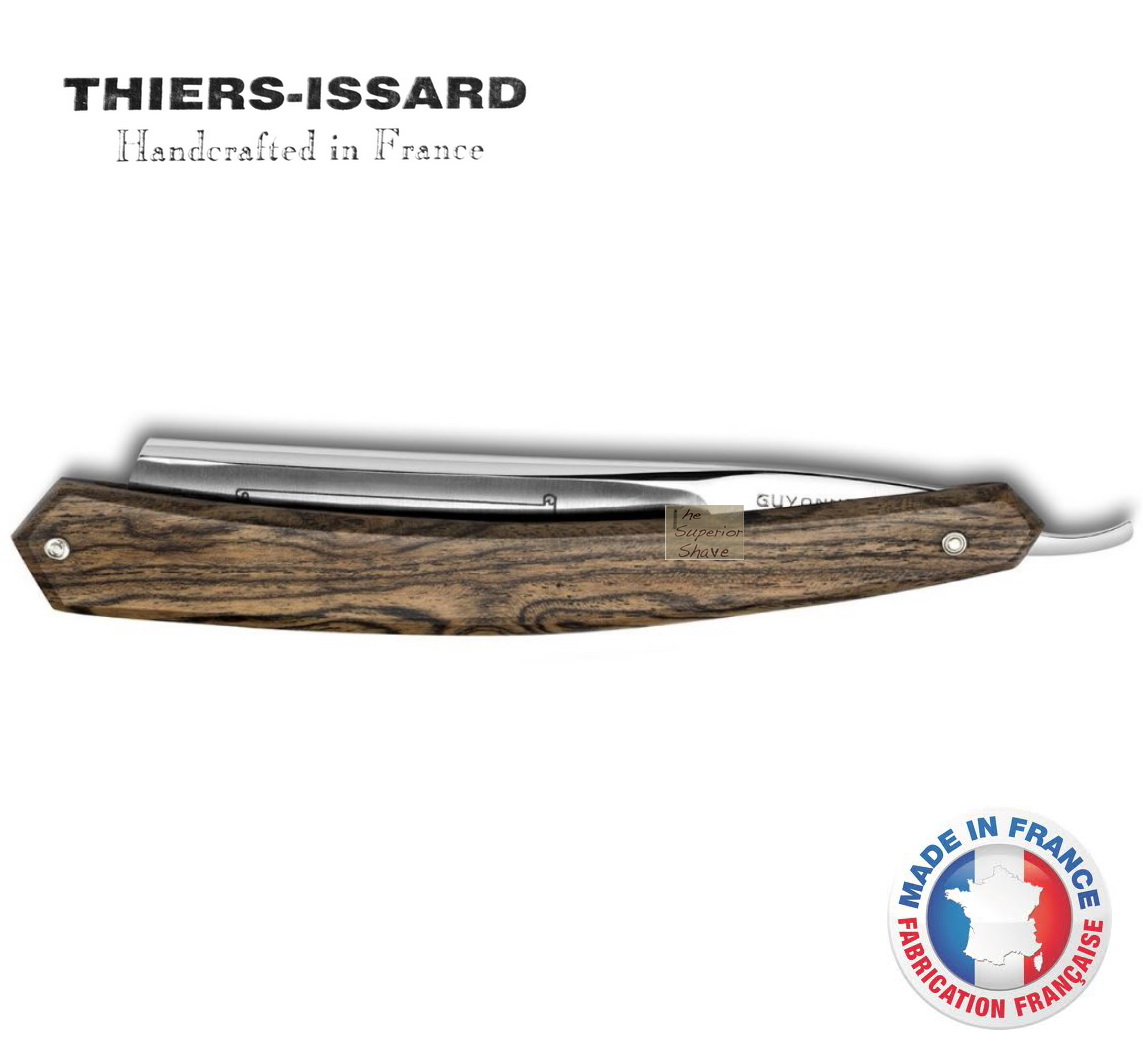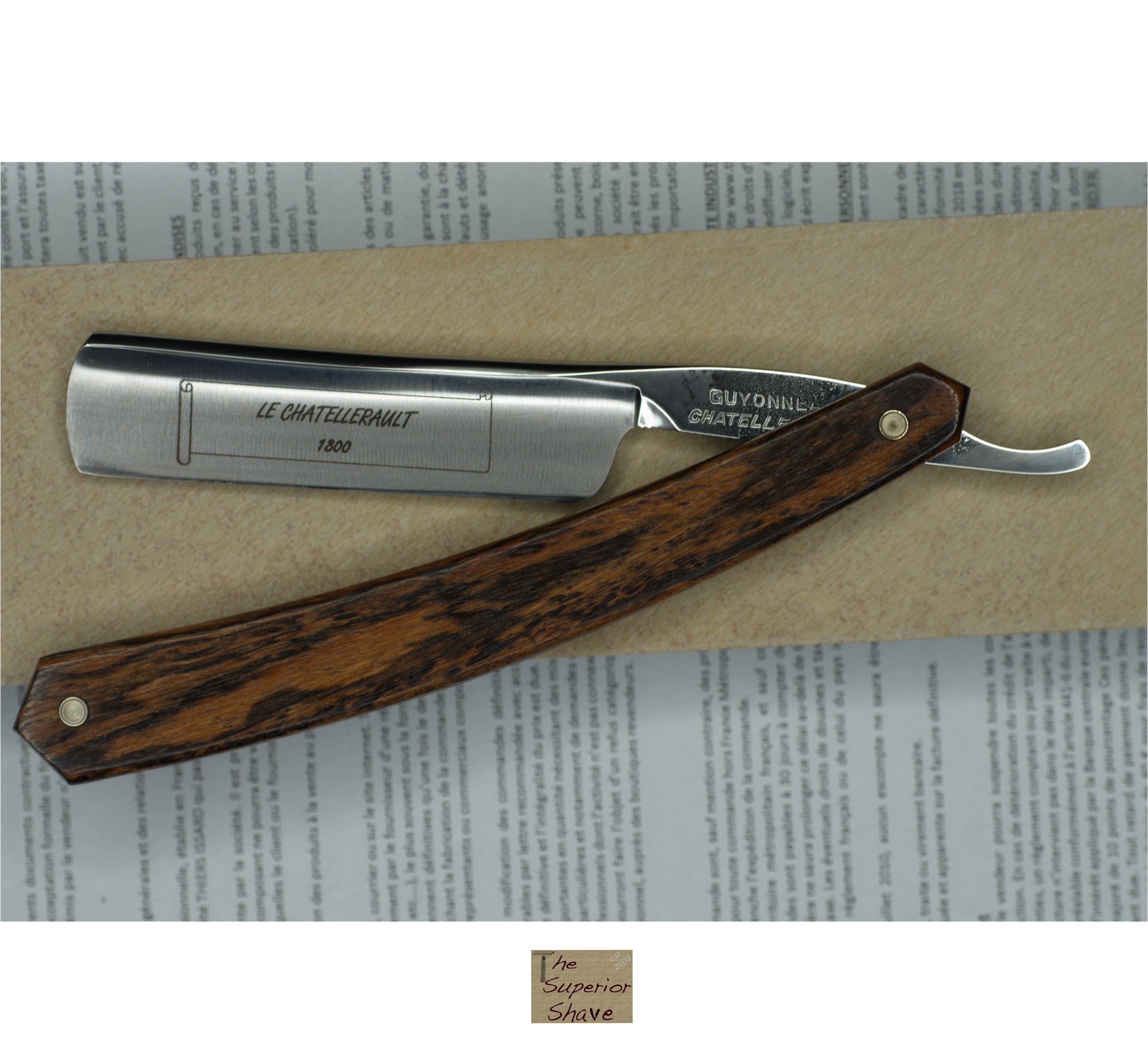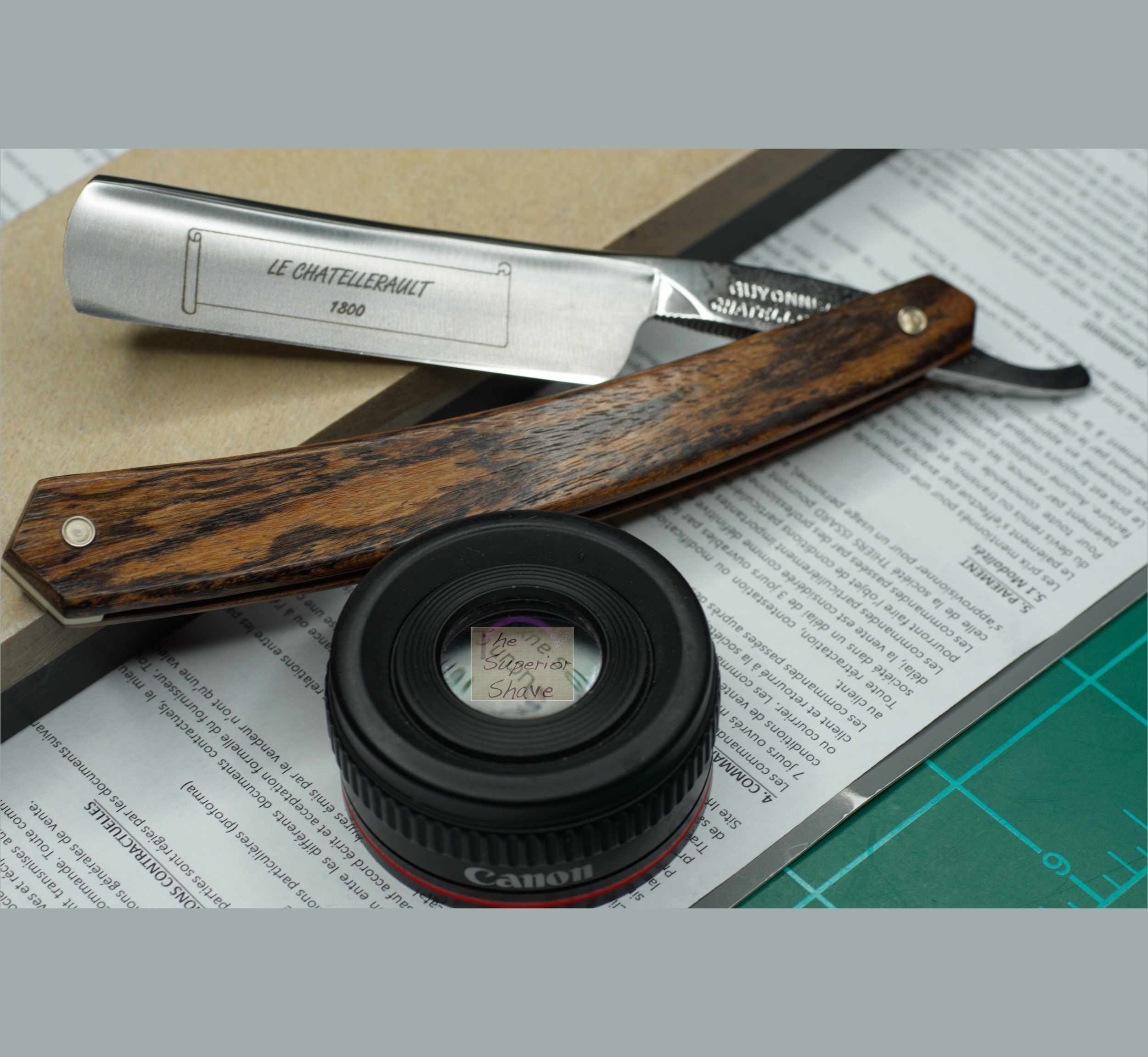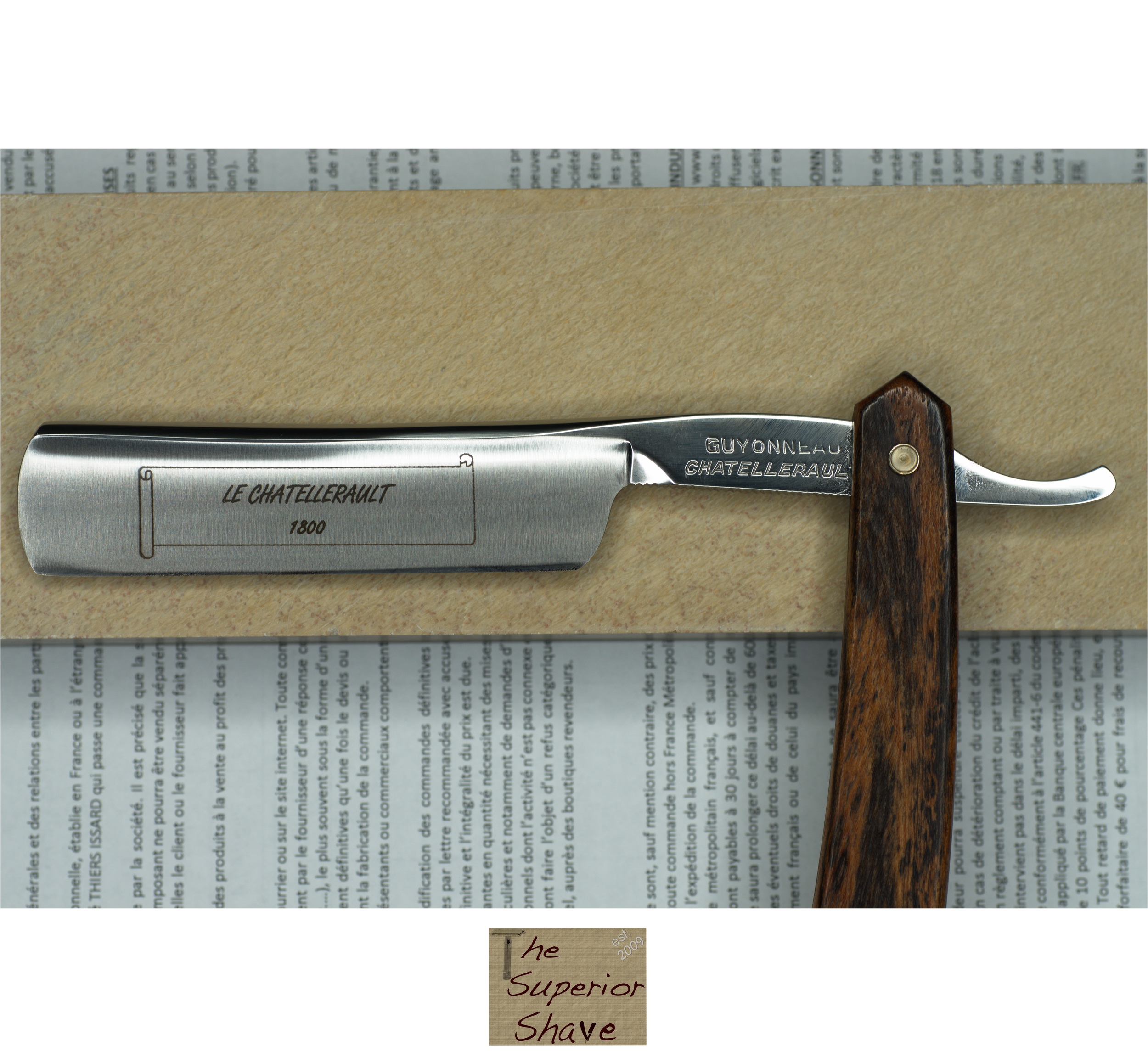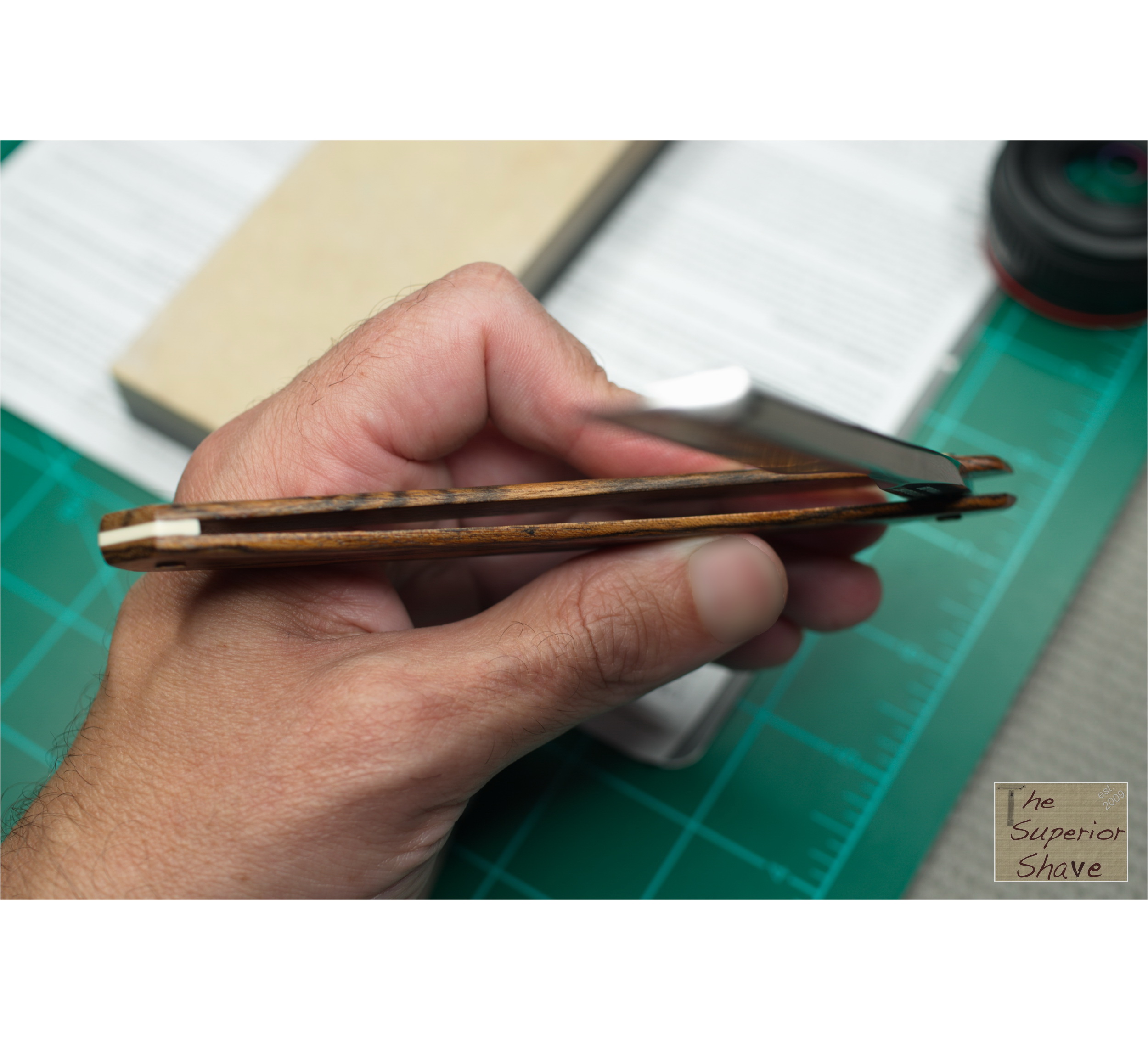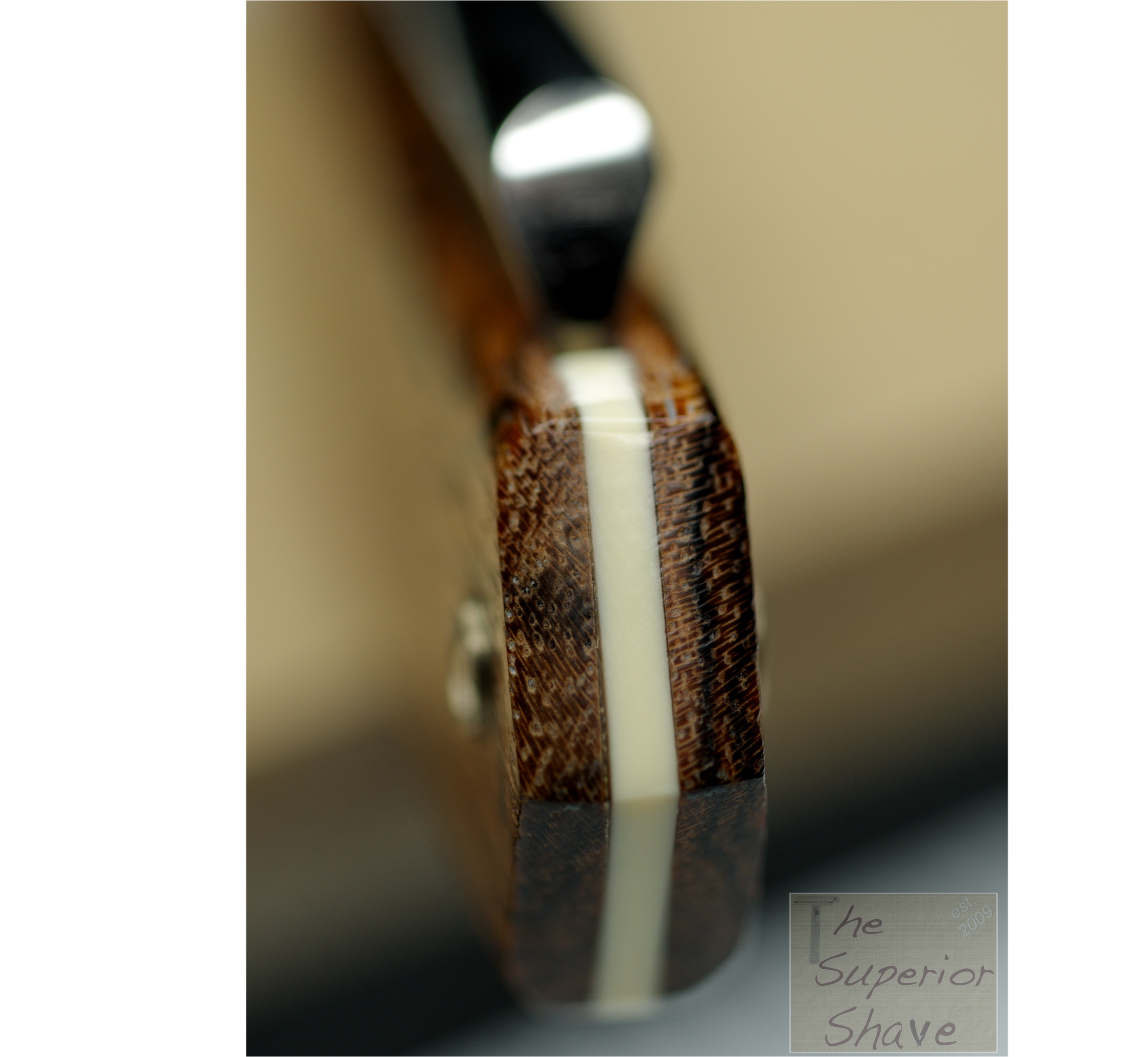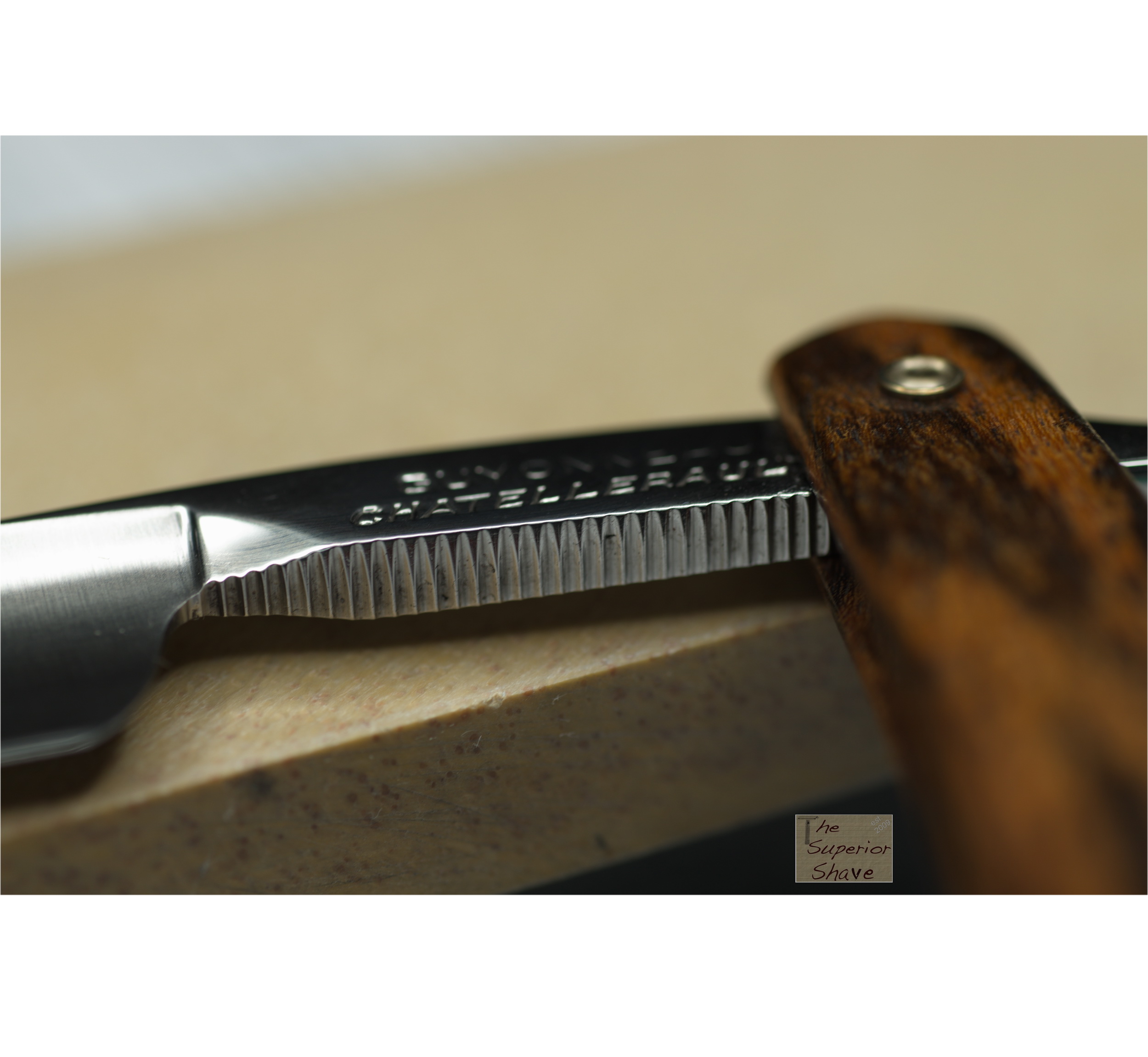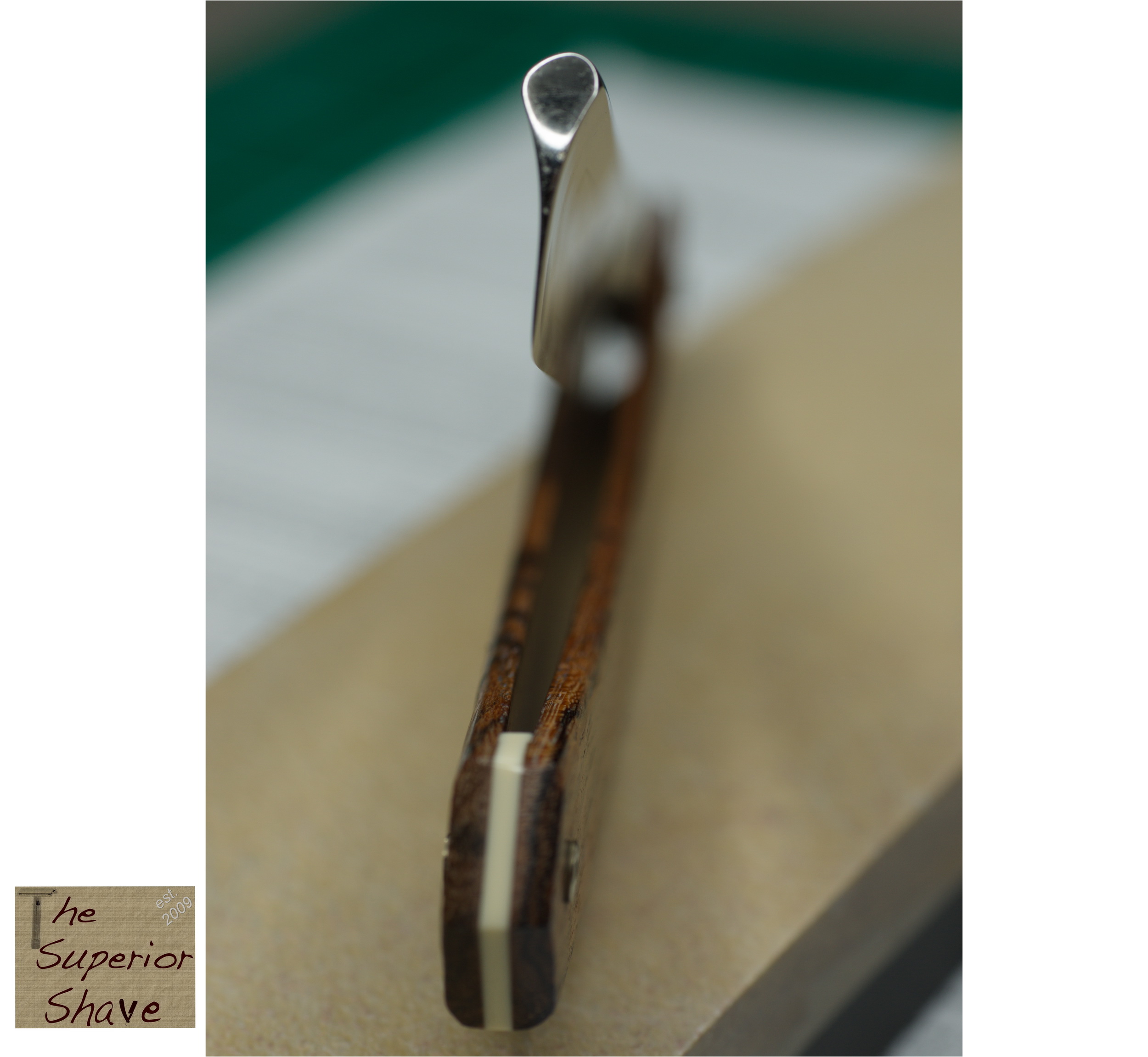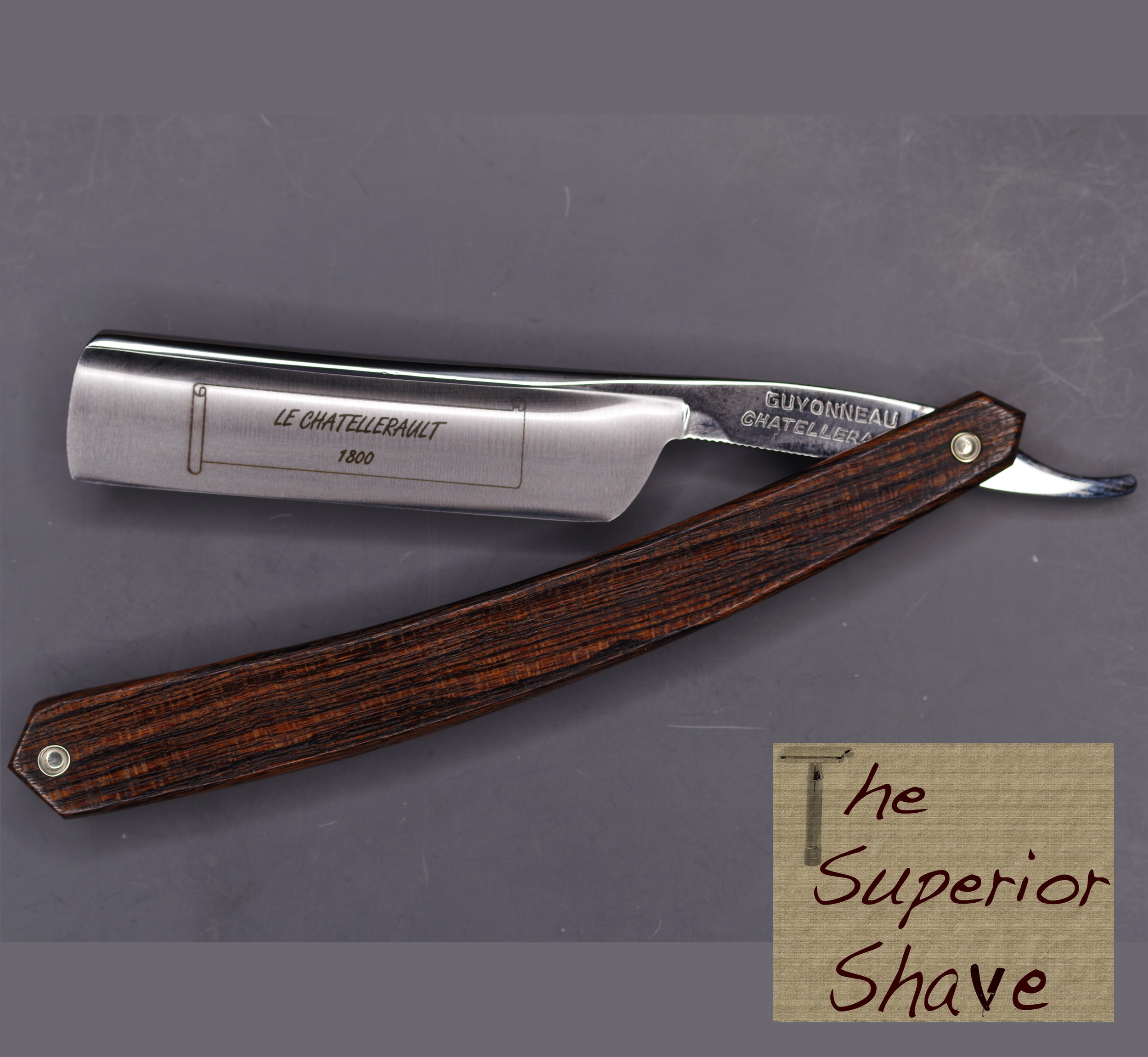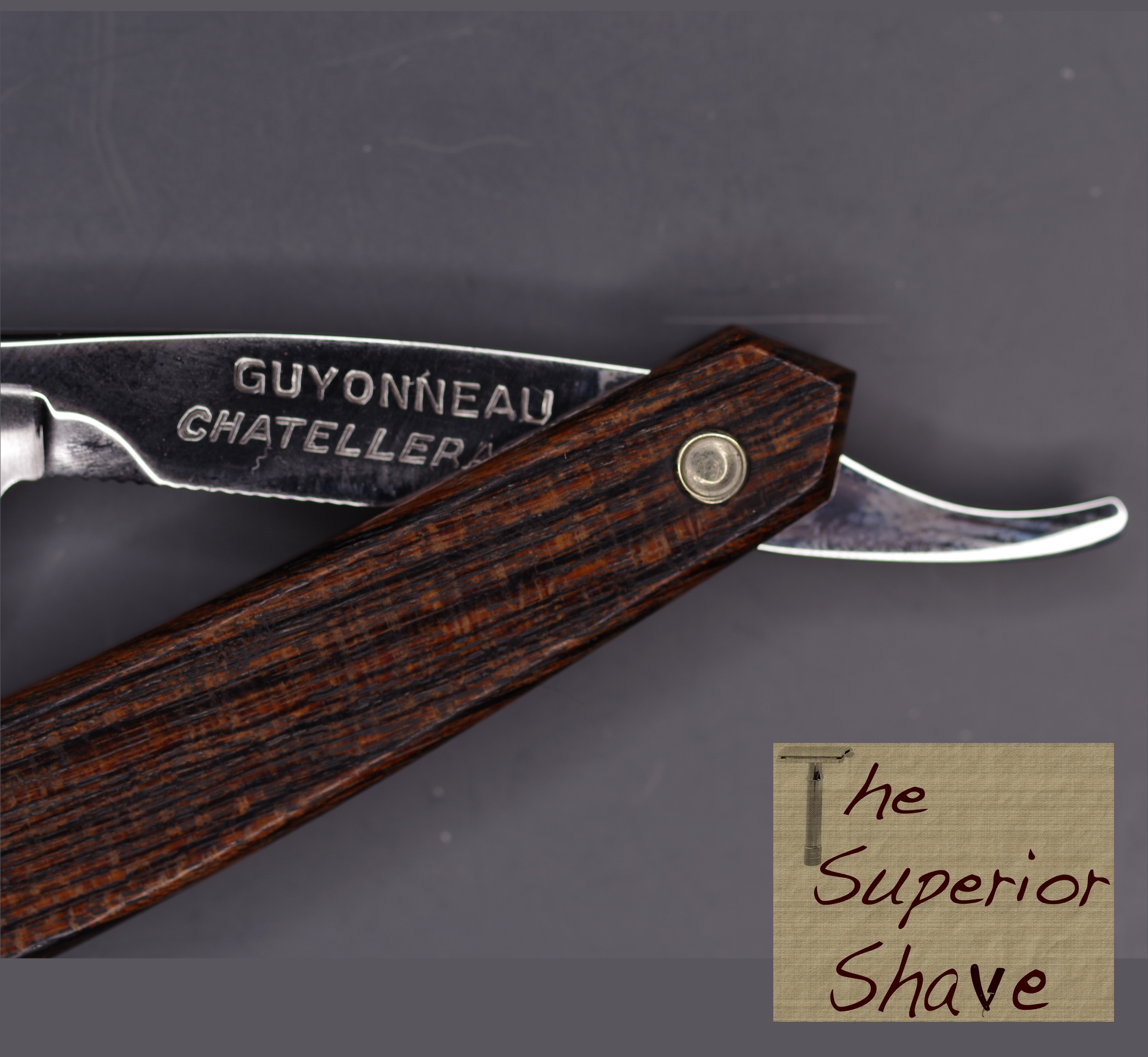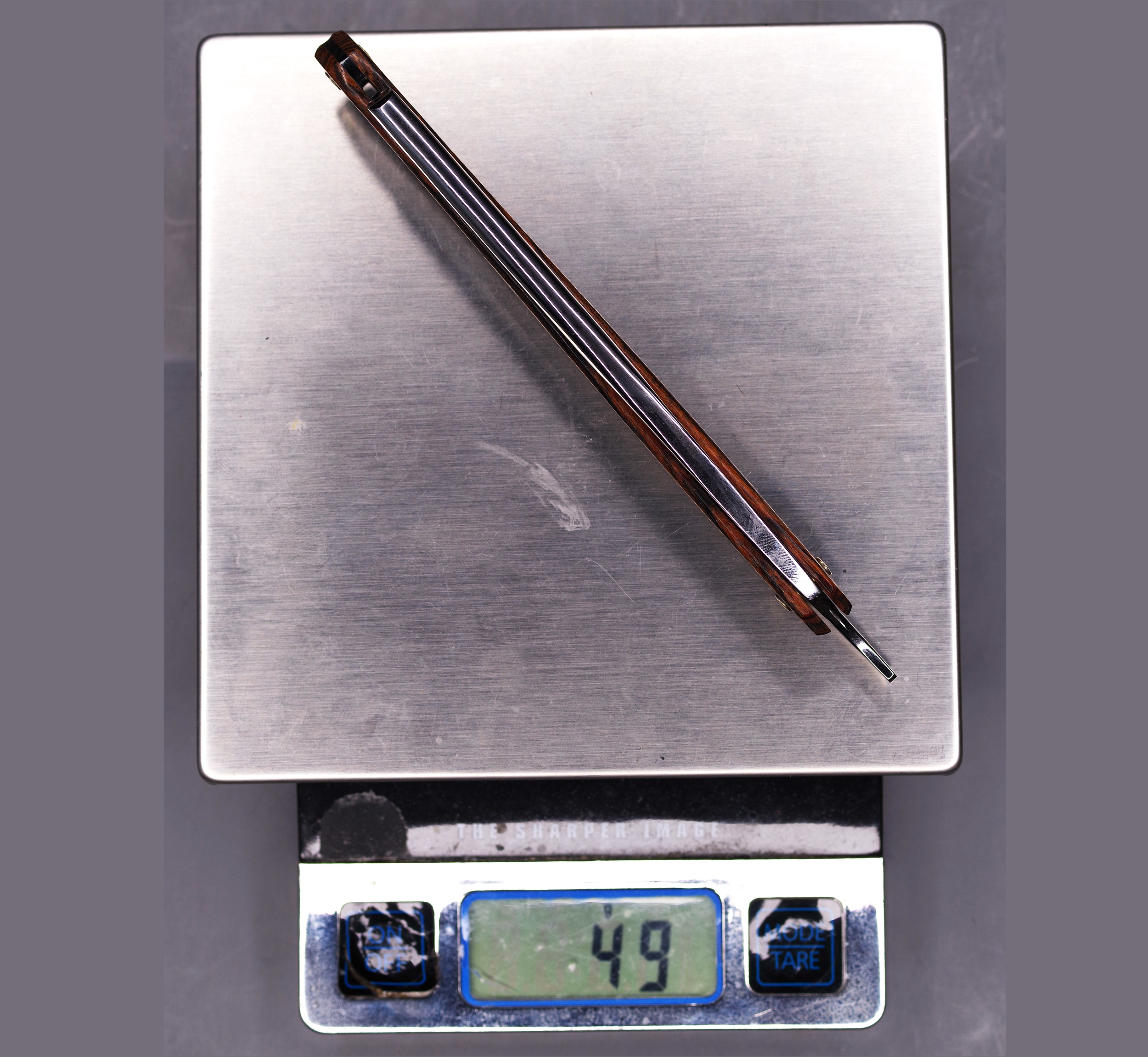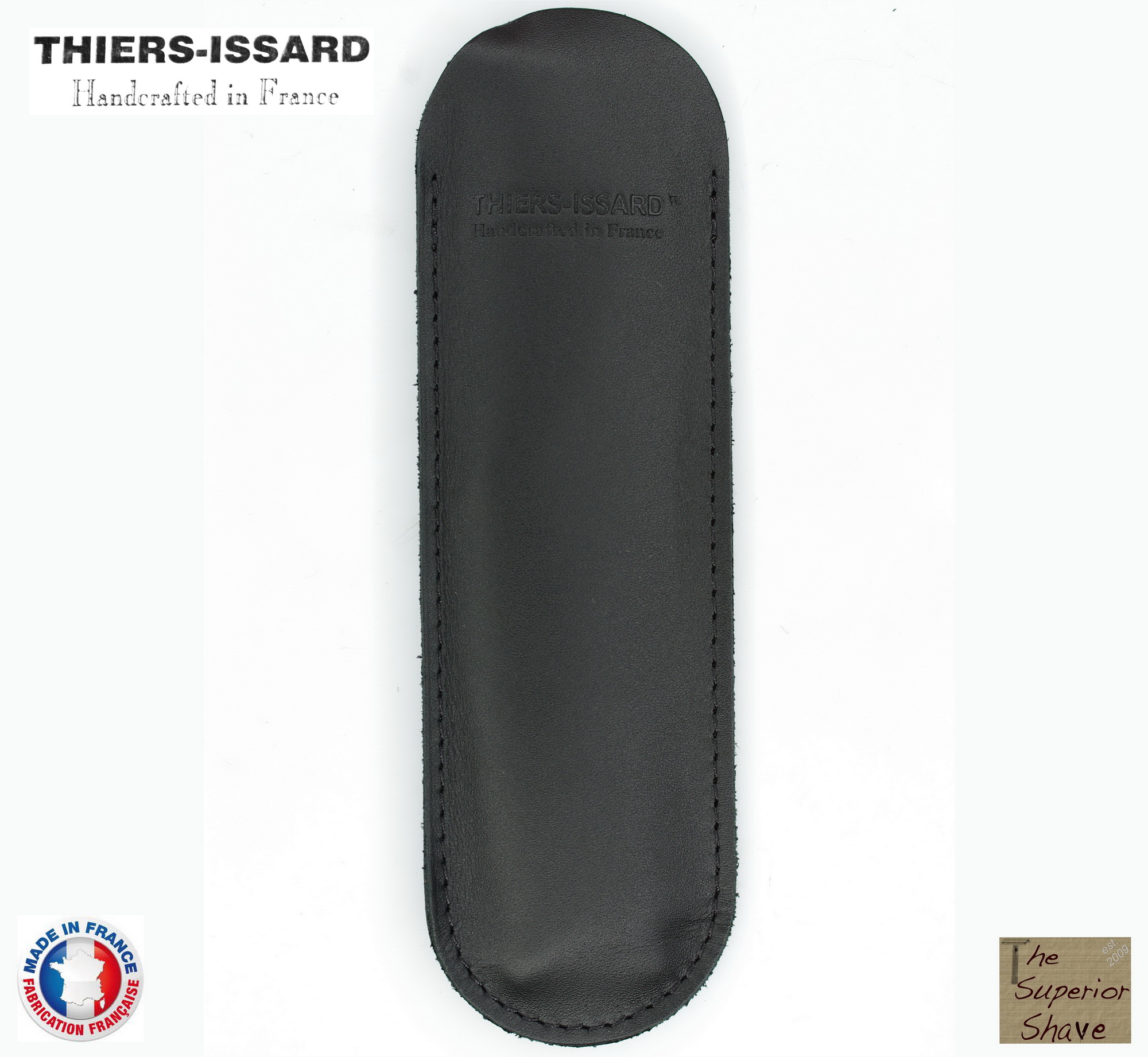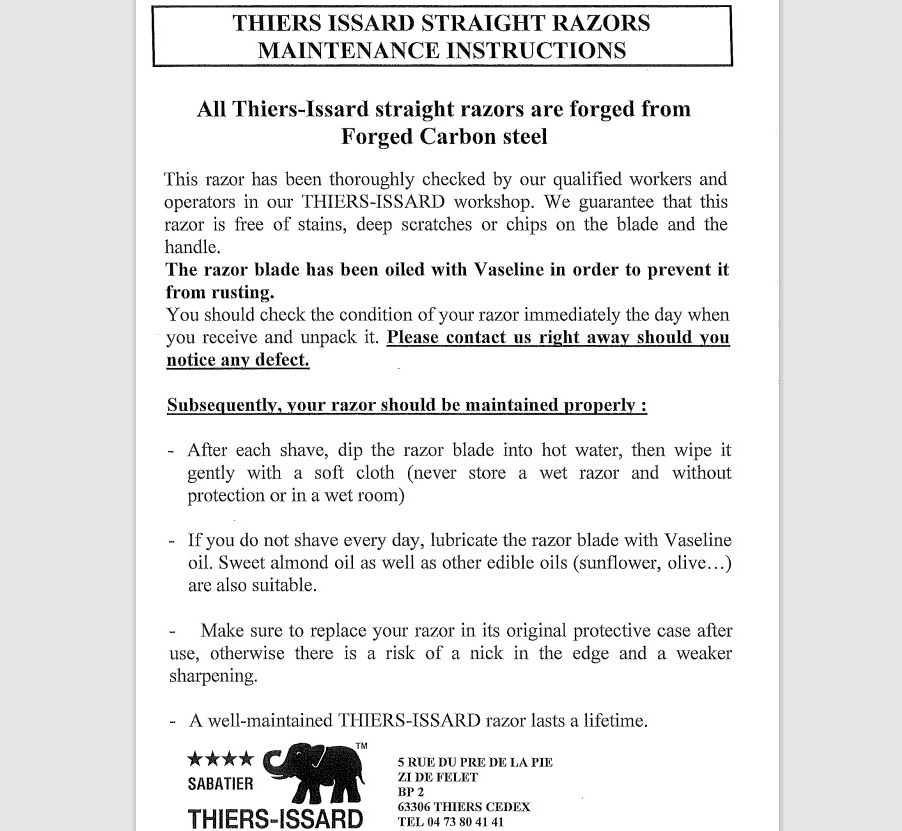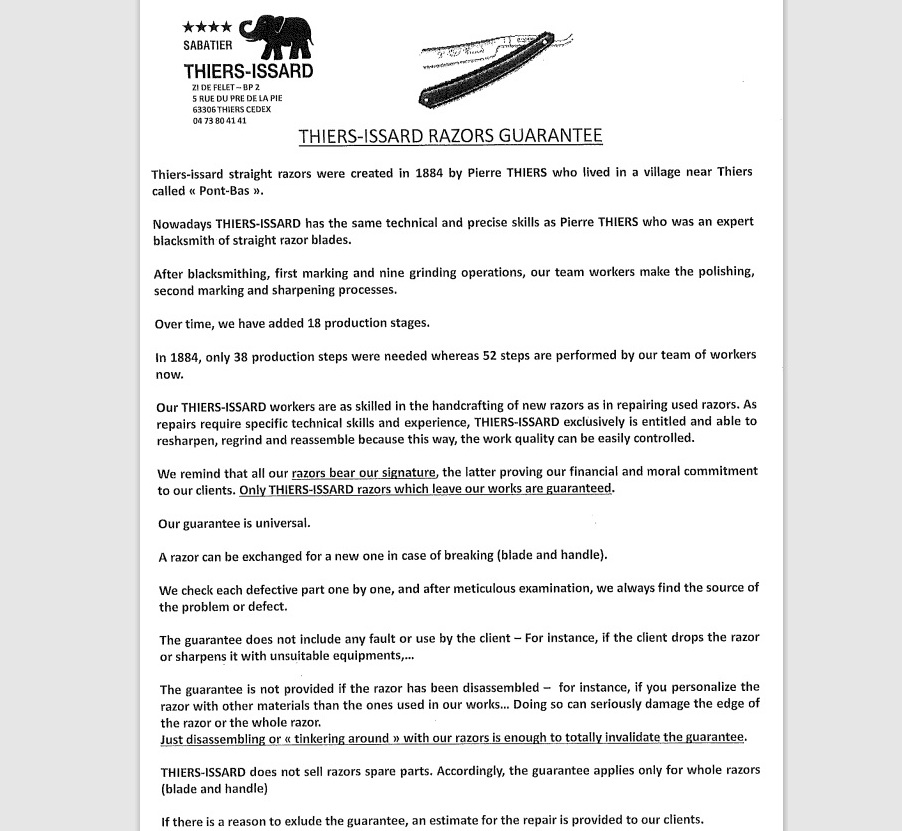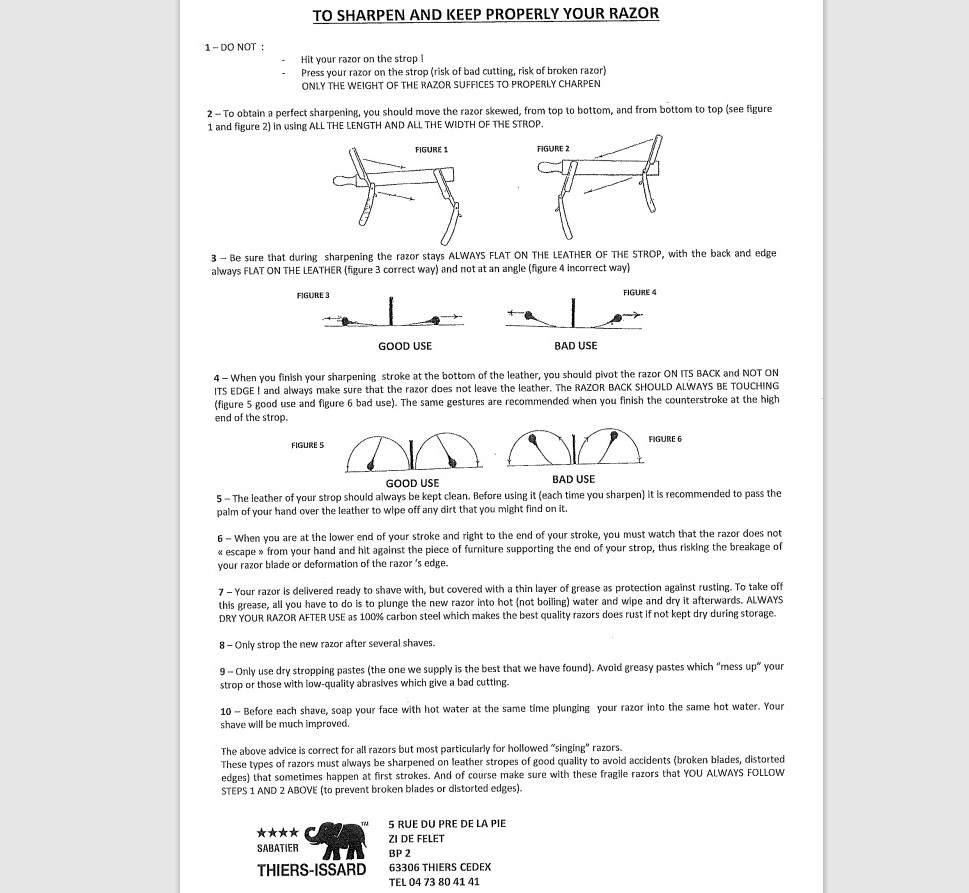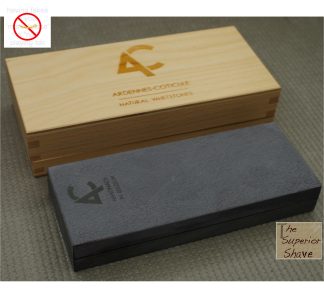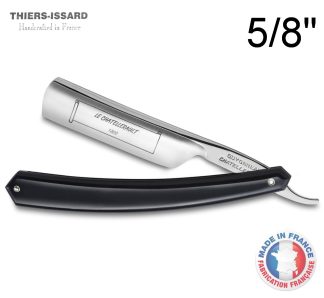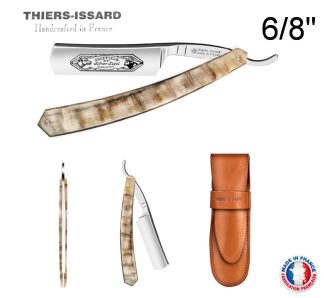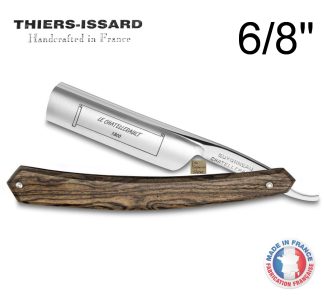Description
“Handmade in France”
Made by hand (and uniquely so), the Thiers-Issard brand is, in this one opinion, the most hollow ground and flexible razor left in production today. They’ve produced straight razors for nearly 100 years in Thiers, France, with traditional methods confined to this most special of nations, such as lead tempering and the use of a single forging die and multiple hammer/reheat/hammer cycles versus the quicker method employed elsewhere where a progressive series of forging dies are used in sequence with just one heating cycle.
The “Le Chatellerault” is an extra full ground special razor, and because the molten steel used was forged in the early 20th century for Jacob HOLTZER; the steel was forged then, and thereafter tempered/ground/polished/laser engraved/sharpened/scaled by the Thiers-Issard of today. This steel is unique, and must be hollow ground 100% by hand (hollow grinding is hard labor, and all the remaining factories try to find automated ways to do as much of the early hollow grinding steps as they can, but the Chatellerault’s steel requires all the steps to be done the old fashioned way).
Likely in pockets of cutlery of the EU, there are more still opportunities for historic forgings, so it is sort of like buying “whisky with a story”, as I like to call it – this steel is not the Carbonsong C135 of TI’s own creation as on almost every other razor they make. Not quite the same as any other modern forged TI, and so whether that is a good or bad thing is for you to decide, but a collector should have one, I suspect.
Being as the razor is indeed from old forgings, there are always subtle variances from piece to piece, because they didn’t necessarily use the same forging die for each piece, even though they did likely use the same raw blank of steel to smack in to those various dies.
There is *not* a secondary ridge at the heel of the blade; this “shoulderless” razor’s got a conventional tang with nice file jimps on the underside and a *forged* “Guyonneau Chatellerault” mark, which, too, may indeed have been done long long ago. Only the sourced steel and its forging happened decades ago, and all the other work of the razor, from the heat treatment and tempering processes to the stamping and laser-engraving to the hollow grinding to polishing to the sharpening and honing and to the fitting to scales, was done today. Quite often when a long span of decades passed between forging and heat treat, the razor will exhibit funny marks that sort of look like oxidation or pitting, but cannot be polished away. Often, but not always; some old forgings do that, and some do not. Funny thing, among these “new old forgings” class of today’s razors, the very best razor I have ever used as such had those whatever they are pittings in the steel. They’re not present here, but you can still be sure the forging is at least two decades old, conservatively [update; in our factory visit, they confirmed the steel is from the 1990s].
It is not the equal of 6/8″ to the modern Evide Sonnant Extra in the quoted-vs-actual-width, though the ’round’ head used here does in fact look just like the modern ESEs, with the rather crisp terminus.
The razor comes with their basic black lambskin pouch, scales made from bocote wood (with 100% of the labor done by Thiers themselves in-house, to an exceptional standard), and weighs ~fifty grams.
“Shave Ready”?
If you elect for the factory edge (= do nothing, no note needed @ checkout), you’ll receive your razor exactly as its manufacturers intended…pretty simple!
If you elect for The Superior Shave to further hone your razor [plz add “note to vendor” @ checkout], your razor will be delivered to you Guaranteed Shave Ready! Observe this model razor in action here! The Superior Shave hones via a method best coined (by the old Thiers-Issard director) as “the opposite of tape“, where the hones’ shapes cater to performance and little else; you begin with your coarsest stone that’s shaped as the smallest imaginary wheel, and you progress to finer abrasives shaped like larger wheels, thus honing from the spine toward the actual edge, leaving a *thin*, concave edge first and foremost.
The convex honing methods were used at Thiers-Issard for many years (they’re the ones that told me about it in the first place ~2010), though [as you can see in the video at top] today as the natural stone convex wheels once used are now commercially deceased, they use 5 pairs of ~flat discs to establish a cutting edge which is then ultimately refined with a dual-grit pasted strop. While I’ve tremendous respect for Thiers-Issard’s method and believe many people will love its shave straight out of the box, if you don’t mind more visual queues of honing, for my own face I prefer the concaved edge, and thus that is how I hone your razor when requested. If a commercial wheel fine and slow enough to establish a concaved bevel still existed, I believe they’d probably still use one.
There is no wrong or right choice for factory edge/further honed, but please do not believe all factory edges are never ‘Shave Ready’, that is an absurd yet common belief. Their intention is certainly for you to only need to strop the new razor (after wiping off the factory oil) prior to shaving to receive a terrific shave. Thanks for reading this, and happy shaving!

